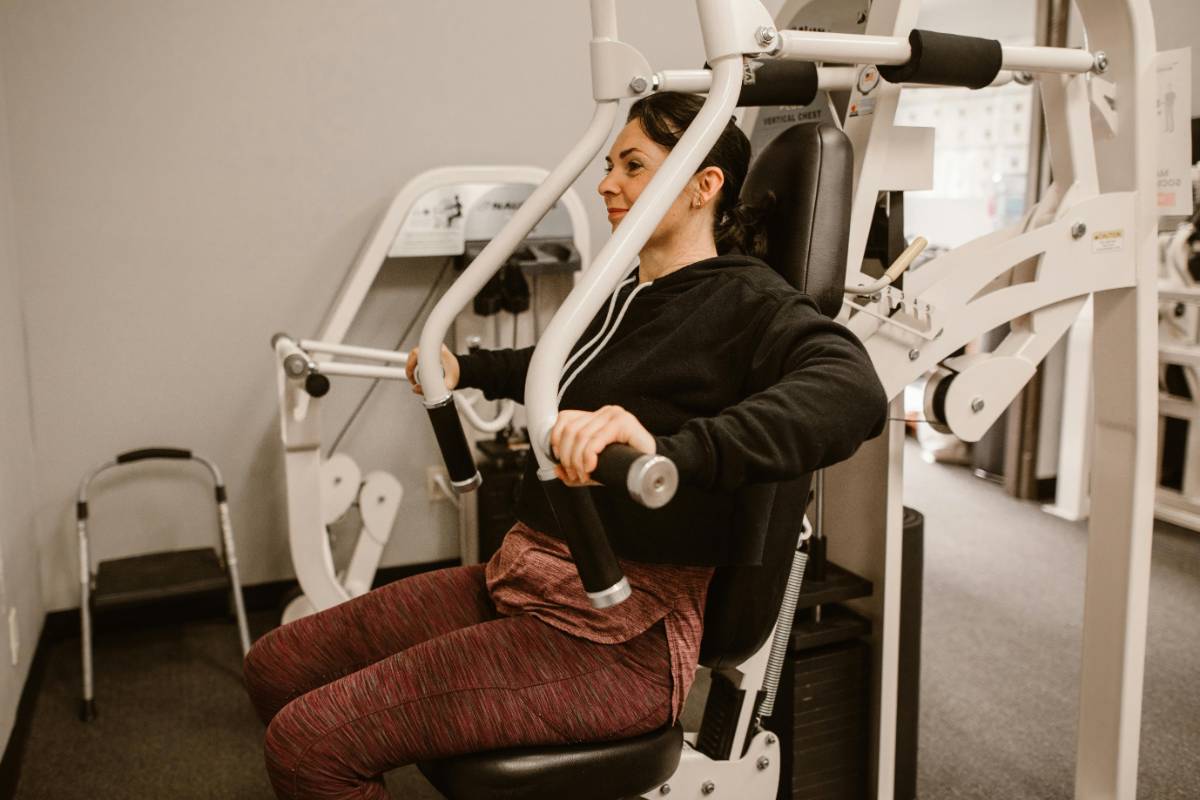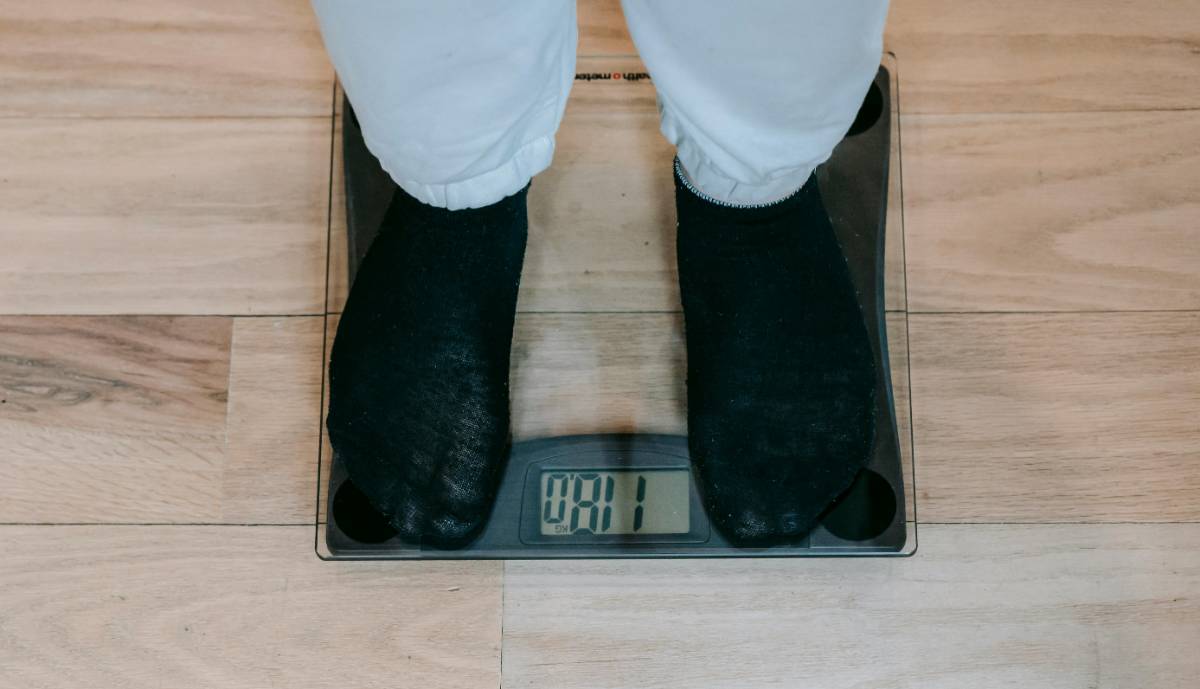The Importance of Progressive Overload in Strength Training

3 min read
|05 Mar 2025Progressive overload is a fundamental principle in strength training that underpins muscle growth and increased strength. This concept involves gradually increasing the demands placed on the muscles to continually stimulate growth and adaptation. Whether you're a beginner or an experienced lifter, understanding and applying progressive overload is crucial for achieving long-term success in your strength training journey. In this article, we’ll explore what progressive overload is, why it’s important, and how to effectively implement it in your workouts.
Understanding Progressive Overload
Progressive overload refers to the practice of gradually increasing the intensity of your workouts to push your muscles beyond their current capacity. This principle is based on the idea that muscles adapt to stress over time. When you expose your muscles to a stressor that is slightly beyond their current capabilities, they respond by growing stronger and more resilient.
Key Components of Progressive Overload
To effectively apply progressive overload, you need to understand the various ways you can increase the intensity of your workouts. Here are some key components:
Increasing Weight: One of the most straightforward methods is to gradually increase the amount of weight you lift. For example, if you’re lifting 50 pounds for an exercise, you might increase the weight to 55 pounds in your next workout.
Increasing Reps: Another method is to increase the number of repetitions you perform with the same weight. For instance, if you’re currently doing 8 reps of an exercise, aim to increase to 10 reps over time.
Increasing Sets: Adding more sets to your workout can also contribute to progressive overload. If you’re currently doing 3 sets of an exercise, increase it to 4 sets to challenge your muscles further.
Decreasing Rest Time: Reducing the rest time between sets can increase the intensity of your workout and enhance muscle endurance. For example, if you typically rest for 90 seconds between sets, reduce it to 60 seconds.
Improving Technique: Focusing on perfecting your form and technique can also be a form of progressive overload. As you become more proficient, you’ll be able to lift more effectively and safely.
Why Progressive Overload is Important
Progressive overload is essential for several reasons:
Muscle Growth: Without progressive overload, your muscles adapt to the current workload and cease to grow. Gradually increasing the intensity ensures continuous muscle development and prevents plateaus.
Strength Gains: Progressive overload is key to increasing your strength. By consistently challenging your muscles, you’ll see improvements in your ability to lift heavier weights and perform more challenging exercises.
Avoiding Plateaus: If you stick to the same weight and rep scheme for too long, your progress will stagnate. Progressive overload helps to avoid plateaus by ensuring that your muscles are continually challenged.
Enhancing Endurance: Increasing workout intensity through progressive overload can also improve muscular endurance. This is particularly beneficial for athletes and individuals involved in sports that require sustained performance.
How to Implement Progressive Overload
Effectively incorporating progressive overload into your strength training routine involves careful planning and monitoring. Here’s how to do it:
Set Clear Goals: Determine what you want to achieve with your strength training, whether it’s muscle growth, increased strength, or improved endurance. Your goals will guide how you apply progressive overload.
Track Your Progress: Keep a workout log to track your weights, reps, and sets. This will help you identify when it’s time to increase the intensity and ensure that you’re consistently challenging your muscles.
Apply Gradual Increases: Make incremental adjustments to your workouts. Avoid making drastic changes, as this can lead to overtraining and increased risk of injury. Gradual increases allow your muscles to adapt safely.
Periodize Your Training: Implement a periodized training plan that cycles through phases of varying intensity and volume. This approach helps to manage fatigue, prevent burnout, and optimize progress.
Listen to Your Body: Pay attention to how your body responds to increases in intensity. While it’s important to push yourself, it’s equally important to avoid overtraining. Ensure you’re allowing adequate recovery between workouts.
Common Mistakes to Avoid
When applying progressive overload, avoid these common mistakes:
Overtraining: Pushing too hard too quickly can lead to overtraining, which may result in injuries or diminished performance. Ensure that increases in intensity are manageable and allow for proper recovery.
Neglecting Form: Prioritizing weight increases over proper form can lead to injuries. Always focus on maintaining good technique and only increase weight when you can do so safely.
Inconsistent Progression: Randomly changing weights or reps without a structured plan can hinder progress. Follow a systematic approach to ensure consistent and effective progression.
Ignoring Recovery: Recovery is crucial for muscle growth and performance. Avoiding rest days or failing to manage fatigue can impede your progress and increase the risk of injury.
Incorporating Progressive Overload into Different Workouts
Progressive overload can be applied to various types of strength training, including:
Free Weights: Gradually increase the weight you lift with dumbbells, barbells, or kettlebells. This method is effective for compound movements such as squats, deadlifts, and bench presses.
Machines: Increase the weight or resistance settings on gym machines to progressively challenge your muscles. Machines can be particularly useful for targeting specific muscle groups.
Bodyweight Exercises: For bodyweight exercises, progress by adding more reps, sets, or reducing rest time. You can also modify exercises to increase their difficulty.
High-Intensity Interval Training (HIIT): Apply progressive overload by increasing the intensity or duration of your intervals, or by adding more rounds to your HIIT sessions.
Final Thoughts
Progressive overload is a critical component of effective strength training. By gradually increasing the demands placed on your muscles, you ensure continuous growth, avoid plateaus, and enhance overall performance. Implementing this principle thoughtfully and systematically will help you achieve your fitness goals and build a stronger, more resilient body. Remember, consistency and gradual progression are key to long-term success in strength training.
MORE ARTICLES

3 min read | 21 May 2025
The Importance of Rest and Recovery in Your Workout Routine
Rest and recovery are essential components of any effective workout routine. They play a crucial role in helping your body repair, rebuild, and strengthen itself after exercise. Understanding the importance of rest and incorporating it into your routine can enhance your overall performance and prevent injury. Here’s why rest and recovery are vital and how to integrate them into your workout plan.

2 min read | 29 May 2025
Creating a Workout Routine for Weight Loss and Toning
Designing a workout routine for weight loss and toning involves a strategic approach that combines cardiovascular exercise, strength training, and flexibility work. The goal is to create a balanced program that not only helps you shed pounds but also sculpts and tones your body. Here’s how to build an effective workout routine to achieve these objectives.

3 min read | 28 May 2025
Strength Training vs. Cardio: Finding the Right Balance
When it comes to fitness, the debate between strength training and cardio is a common one. Both types of exercise offer unique benefits, and finding the right balance between them can help you achieve optimal health and fitness results. Here’s a comprehensive guide to understanding the differences and how to incorporate both into your routine.

4 min read | 27 May 2025
How to Incorporate Stretching into Your Workout Routine
Stretching is a crucial component of any workout routine that enhances flexibility, improves range of motion, and reduces the risk of injury. Incorporating stretching into your exercise regimen can help you achieve better performance and quicker recovery. Here’s how you can effectively include stretching in your workout routine.

2 min read | 26 May 2025
Yoga Routines for Flexibility and Stress Relief
Yoga is a powerful practice that enhances flexibility and promotes stress relief through mindful movement and deep breathing. Incorporating specific yoga routines into your daily or weekly regimen can help improve your overall well-being. Here are some effective yoga routines designed to boost flexibility and alleviate stress.

5 min read | 25 May 2025
The Best Cardio Workouts to Improve Your Endurance
Cardiovascular exercise, or cardio, is essential for improving endurance, heart health, and overall fitness. Incorporating a variety of cardio workouts into your routine can help enhance your stamina and keep your workouts engaging. Here are some of the best cardio workouts to boost your endurance and get the most out of your exercise routine.
RECENT POSTS
1
Dealing with Weight Loss Plateaus
3 min read | 28 Mar 20252
The Role of Social Support in Achieving Weight Loss Goals
2 min read | 27 Mar 20253
How to Create a Balanced Daily Routine
4 min read | 26 Mar 20254
Managing Emotional Eating: Strategies and Tips
2 min read | 25 Mar 20255
The Importance of Regular Health Check-Ups
2 min read | 24 Mar 20256
Building Healthy Habits for Long-Term Weight Management
4 min read | 23 Mar 2025MORE POSTS

Setting Up and Using Weight Loss Goals and Milestones
7 min read | 14 May 2025
The Role of Mobile Apps in Weight Loss
8 min read | 13 May 2025
Tracking Progress: Beyond the Scale
8 min read | 12 May 2025
How to Effectively Use a Food Diary
7 min read | 11 May 2025
The Benefits of Using a Fitness Tracker
7 min read | 10 May 2025
